Did you know that mangroves are the unsung heroes of our ocean? These amazing trees not only protect our coastlines from storms and erosion but also filter water, absorb nutrients, and support a diverse array of marine and terrestrial species. And that’s not all – mangroves are also carbon sequestering powerhouses, absorbing up to 1000 tons of carbon per hectare per year!
On our latest webinar, titled “Restoring the Lungs of the Sea: Why Mangroves Matter,” our executive director Dr. Craig Dahlgren and leading expert on mangroves in The Bahamas, highlighted the importance of these unique intertidal habitats and the threats they face.
Mangroves are a group of trees and shrubs that grow in coastal intertidal zones, where land meets the sea. In The Bahamas, there are three main species of mangroves: red mangroves, black mangroves, and white mangroves. These species are typically arranged in a zonation pattern, with red mangroves closest to the shoreline, followed by black and white mangroves further inland.
One of the key roles of mangroves is their ability to provide a wide range of ecosystem services. In The Bahamas, they protect coastlines from erosion and storm damage, filter water and absorb nutrients, and support a diverse array of marine and terrestrial species. Mangroves are also important nurseries for many commercially and recreationally valuable fishery species, like snappers, groupers, queen conch, and the spiny lobster.
”Mangroves are also so important for subsistence fishing, serving local communities – they’re easy for local communities to get to, they’re not as hard as getting to the reef or weather dependent,” emphasized Dr. Dahlgren, whose dedicated the last 30+ years of his life to marine conservation throughout The Bahamas and the Caribbean. “Grey snapper for example, live in mangroves throughout their lives and provide food security.”
Another unique service provided by mangroves in The Bahamas is their ability to sequester carbon. These ecosystems absorb carbon dioxide from the atmosphere and store it in their biomass, creating so-called “blue carbon” sinks. In fact, mangroves are more efficient at carbon sequestration than even rainforests! In some parts of the world, mangroves are even important sources for timber and charcoal, but not so much in The Bahamas.
Despite their many benefits, mangroves face a range of threats. One of the biggest threats is coastal development, which often involves clearing and filling in mangrove habitats to make way for housing, infrastructure, and other development. Mangroves are also impacted by hurricanes and other extreme weather events, which can cause widespread damage and erosion.
To address these threats and protect mangrove ecosystems, PIMS is using cutting-edge technologies such as drones and multispectral imaging to identify areas most in need of restoration. Through replanting and other restoration efforts, we’re jumpstarting the recovery process of damaged mangrove habitats and helping to preserve these important ecosystems for future generations.
The value of mangroves to The Bahamas cannot be overstated. These habitats provide ecosystem services worth up to $1.35 million per square kilometre per year, making them a vital resource for local communities, ecotourism, and the wider economy. By working to protect and restore mangroves, we can ensure a more sustainable future for The Bahamas and the many species that call these unique ecosystems home.




